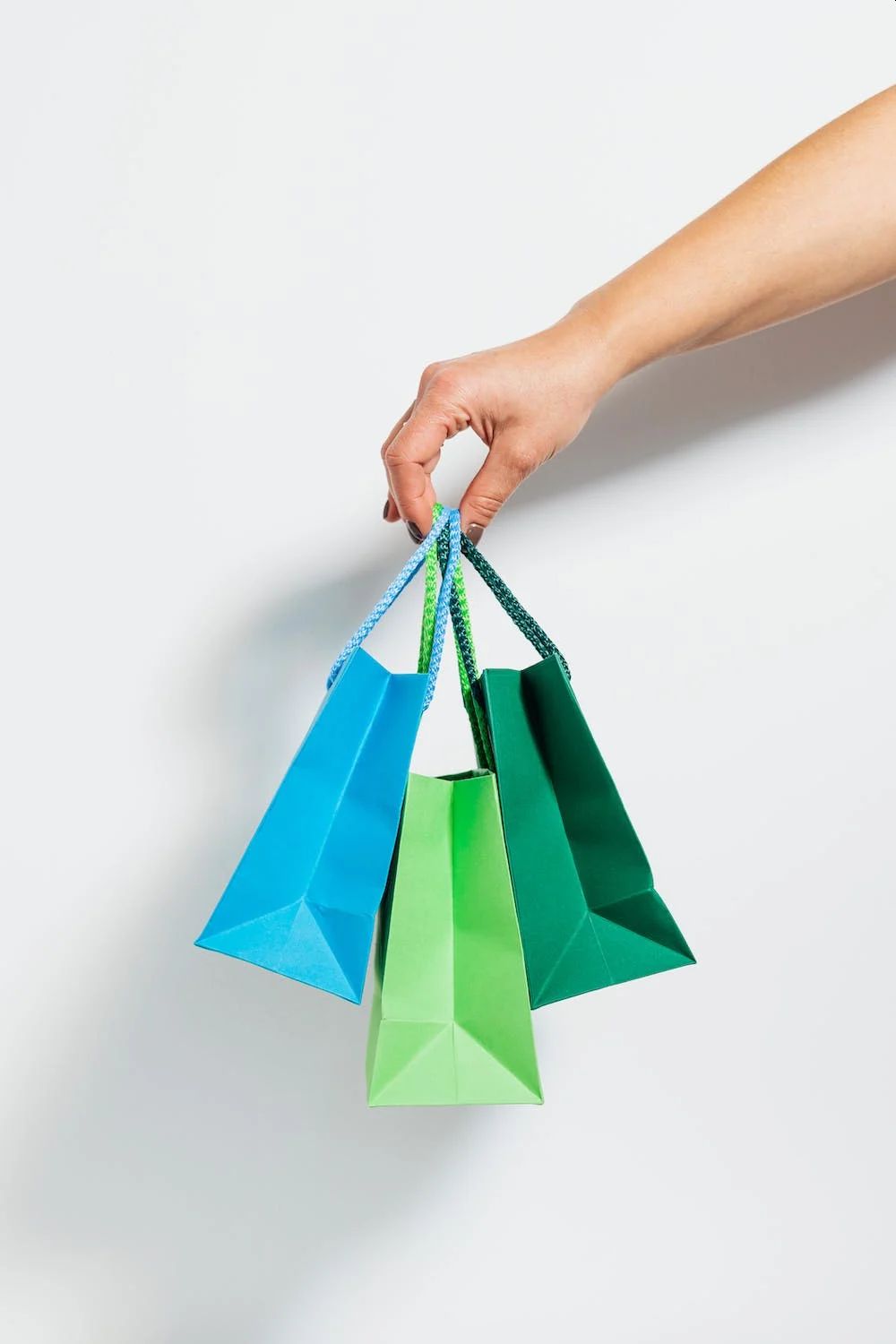
06 Apr LUXURY GOODS: NEW TRENDS AND INNOVATIONS
The luxury goods market has long been synonymous with opulence, extravagance, and exclusivity. However, as consumer preferences and global trends evolve, the future of luxury goods is set to undergo significant transformation. For fun, let’s take a tour of the changing landscape of luxury and future trends that will shape the field for years to come.
To begin with: In response to the rising consumer demand for ethically sourced and environmentally friendly products, luxury brands are increasingly prioritizing sustainable practices. From using responsibly sourced materials to reducing carbon footprints, luxury brands are embracing innovative production techniques to minimize their environmental impact. In the future, we can expect a greater emphasis on sustainability, with luxury brands continuing to invest in research and development to create eco-friendly products without compromising on quality.
The concept of a circular economy, which focuses on reducing waste and promoting the reuse and recycling of products, is gaining traction in the luxury goods sector as well. Luxury brands are therefore partnering with resale platforms and introducing in-house programs to encourage the resale and recycling of their products. This trend is anticipated to continue, as consumers become more conscious of the environmental impact of their purchases and seek to extend the life cycle of luxury goods.
As digital technology continues to reshape the retail landscape, luxury brands are adapting by embracing e-commerce and omnichannel strategies too. While luxury goods were once predominantly purchased in-store, e-commerce now plays a crucial role in connecting consumers with luxury brands. In the future, we can expect to see further growth in luxury e-commerce, with brands investing in sophisticated online platforms that offer seamless shopping experiences and personalized recommendations.
The future of luxury goods also involves the integration of digital experiences, such as virtual showrooms and augmented reality (AR) applications, to enhance customer engagement. Luxury brands are experimenting with immersive digital experiences that allow consumers to virtually try on products or explore virtual showrooms from the comfort of their homes. As technology advances, these digital experiences will become increasingly sophisticated, offering consumers a unique blend of convenience and personalization.
In the quest for exclusivity, luxury brands are focusing on creating limited edition products and collaborating with influential designers, artists, and celebrities as well. These collaborations and limited releases not only generate buzz and excitement but also allow brands to differentiate themselves in an increasingly competitive market. This trend is likely to continue, with luxury brands seeking innovative partnerships and collaborations to captivate consumers and maintain their exclusivity.
As consumers increasingly seek unique, personalized products, luxury brands are responding by offering bespoke and customizable options too. From monogramming to bespoke tailoring, customization allows consumers to express their individuality and ensures that their luxury purchases are truly one-of-a-kind. In the future, we can expect to see even greater emphasis on customization and personalization, as luxury brands continue to explore innovative ways to cater to their discerning clientele.



